Andrew Rule: You’ve probably never heard this suburban horror story. But the killer is still out there
The murders of Margaret Tapp and her young daughter in their Ferntree Gully home never caught public attention the way the Easey St killings did. But 40 years on, the monster who killed them has never been held to account.
Andrew Rule
Don't miss out on the headlines from Andrew Rule. Followed categories will be added to My News.
In the last days of 1982, two well-known Dandenong Ranges doctors delivered a baby girl. The delighted parents thanking them in a birth notice could not know that the serious Dr John Bradtke and his breezy young colleague were both destined for bad ends.
Just eight weeks later, Bradtke died in his sports car while rushing to deliver another baby late at night. His death plunged his wife Kaye Bradtke and his doomed lover Margaret Tapp into a tailspin of grief and recrimination.
Bradtke’s dashing younger colleague, meanwhile, would become a scandalous figure. “Dr X” was good-looking, sporty and popular but, behind the shiny mask, a compulsive sex predator.
By the time he was struck off the register in the 1990s, he’d been accused by multiple witnesses, including relatives, of assaulting girls aged from four to 29 at many locations, including his own home. He was found guilty of two sex charges.
His wife fled, changing her name. Two of his children became drug addicts, a reaction to their difficult childhoods.
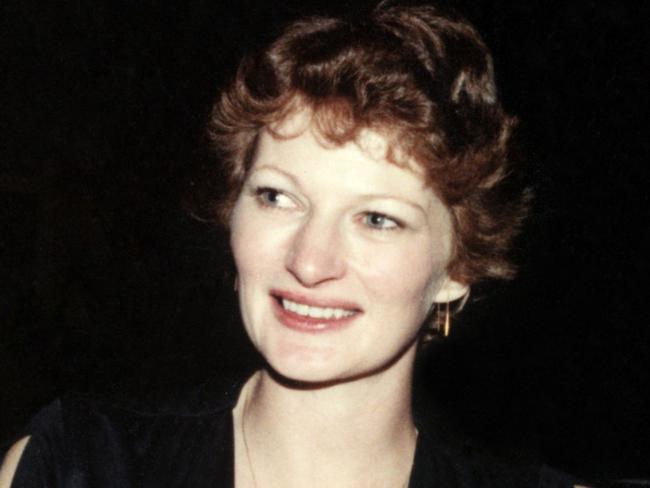
That obscure birth notice proving the connection between the two doctors is intriguing circumstantial evidence that Dr X may have been good suspect for the murders of Dr Bradtke’s lover Margaret Tapp and her young daughter, Seana.
The Bradtke connection shows that the young doctor — proven sexual predator and child molester — likely also knew Margaret Tapp, a nurse at the William Angliss hospital where both he and Bradtke often worked. A workplace where Margaret had affairs with several doctors.
In view of Dr X’s history as a sexual opportunist, he may have been one of Margaret’s casual boyfriends — especially in the turbulent year after the death of her long-term lover, Bradtke.
For the striking nurse with the red hair and green eyes, her year of living dangerously ended late on a Tuesday night half-way through the Los Angeles Olympics, exactly 40 years ago this month.
In 2024, another generation of police are no closer to finding the killer than they were the night a detective choked back tears when he saw little Seana Tapp’s body.
She had been strangled in her bed, as had her mother in the next room of the modest suburban house in Kelvin Dve, Ferntree Gully.
By the time two detectives arrived after dark that Wednesday, the bodies had been there about 18 hours, the killer’s trail cooling with every minute.
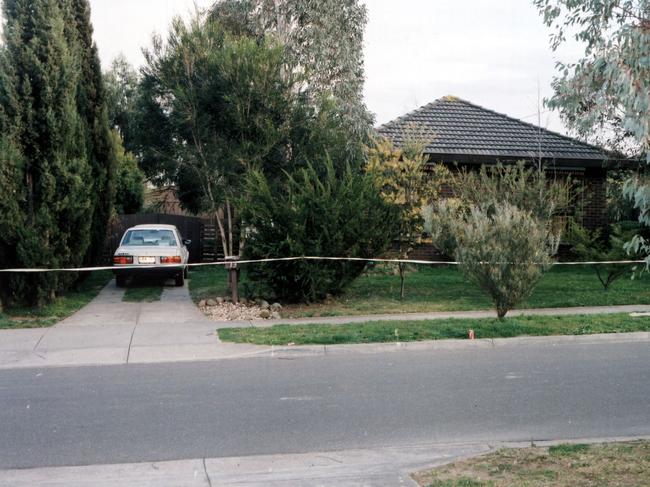
The last people to see the Tapps alive, apart from their unknown killer, were their neighbours, the Bomfords.
That had been the day before: Tuesday, August 7. Karen Bomford, 11, often played with Seana but the pair had argued while walking home from Wattleview Primary.
Karen saw Seana riding her bike after school but didn’t join her. Neither did Melanie Harris from across the street. About 5pm, a neighbour noticed Margaret sitting in the lounge room, studying, as she often did.
Just before midnight, the Bomfords’ dog growled at their back door. Soon afterwards, other neighbours heard Seana’s pet spaniel bark and howl.
When Karen left for school the next day the Tapps’ house was silent, blinds still down, a newspaper in the drive near Margaret’s Corolla. Tony Blackwell, boyfriend of Margaret’s sister Joan, called in later and knocked, but got no answer.
That evening Jim Rollins, friend and former neighbour, came to pick up Margaret for the opera outing she had organised. After knocking, Jim let himself in the unlocked back door and found the bodies.
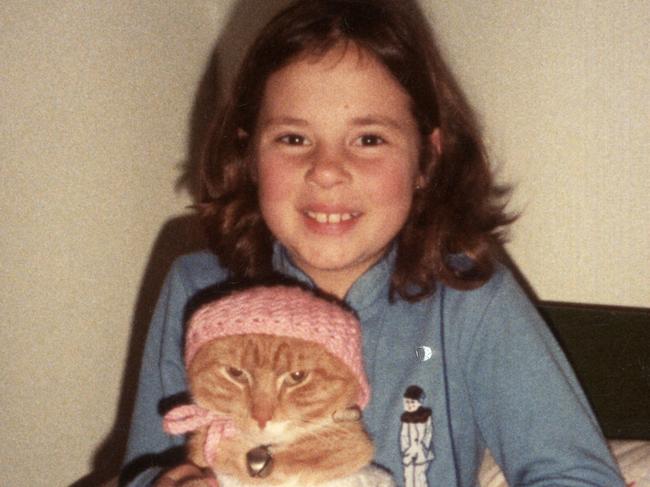
Once investigators had eliminated Rollins and ex-husband Don Tapp, they were swamped with a wave of potential suspects.
At 35, Margaret was divorced and had many friends and bold ambitions, of which one was studying Law at Monash University to become a medico-legal specialist. A fellow Law student was one of her drop-in friends.
Her 14-year-old son Justin had gone to live with her parents and she and Seana had settled into a routine. If not working or socialising, she was studying.
One challenge was not enough for the restless nurse: she combined part-time work with university and was learning to drive a semi-trailer so she could help country friends harvest their crop. The driving lessons were from a young man who gave her free tuition.
Jim Rollins, 44-year-old widower, was a platonic friend who’d been a neighbour when Margaret lived in a nearby suburb with her then husband, Don Tapp.
In fact, Margaret had voluntarily helped care for Jim’s dying wife. She was generous and kind but with a wild streak. When the man she loved best, John Bradtke, had not left his wife, Margaret had gone to the Bradtke home to make a scene, stripping naked and lying in the garden.
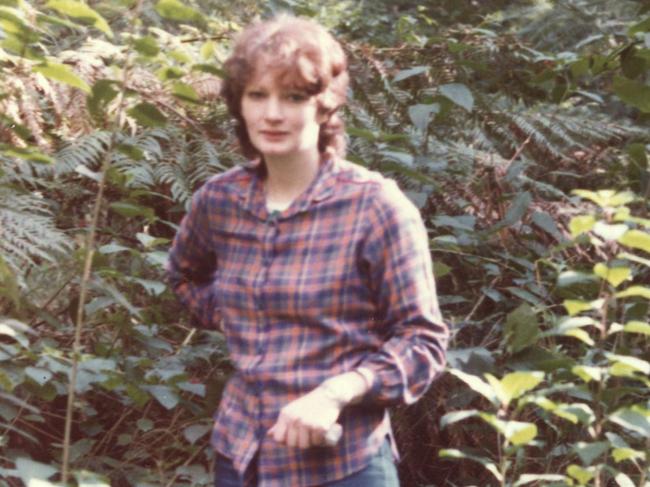
It was the love-torn Bradtke who’d bought the Kelvin Dve house for her in 1981. After Bradtke’s death in early 1983, Margaret argued with his widow Kaye about who owned the house, but settled for half and agreed to “buy out” the rest.
The house ownership dispute was predictable enough. Despite it being settled, it would later skew the investigation, because detectives became (in Kaye Bradtke’s view) fixed on the idea she’d organised the strangling of her dead husband’s former lover — and of an innocent nine-year-old child.
One flaw in that faintly bizarre theory was the semen found on Seana’s night dress — overwhelmingly suggesting a sex murder by a sexual deviant, not a paid “hit” by a stranger set up by a religious, law-abiding widow.
The other flaw in the theory was the rubbery “fact” that Kaye Bradtke had “paid” a particular man a sum of money.
The problem with that assertion, an outraged Kaye Bradtke claimed, was that she and her husband had actually lent the man money even before Bradtke’s death (before the Tapp murders) — and that the borrower had repaid much of it.
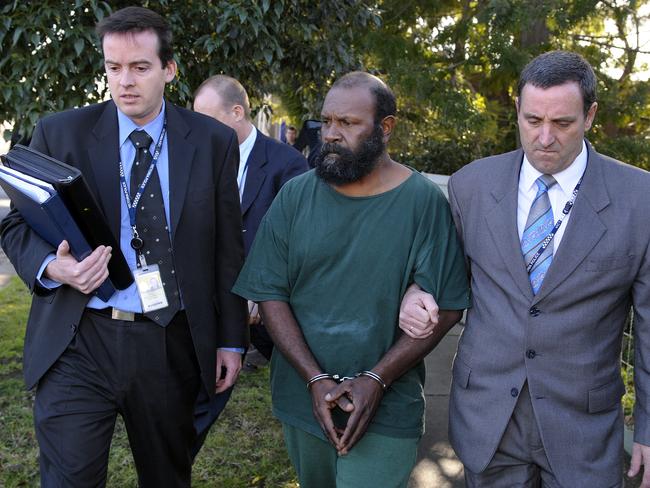
Kaye Bradtke (by this time Bradtke-Stevenson) reacted angrily to the ugly accusation by frustrated investigators who’d already suffered the embarrassment of a laboratory blunder in 2008 leading them wrongfully to charge a serving prisoner, Russell Gesah, for the murders.
The charges were quickly dropped and police apologised for the bungle.
Meanwhile, Kaye Bradtke-Stevenson and her unnamed “paedophile friend” would stay high on the list of “persons of interest” but no useful evidence was produced despite lengthy electronic eavesdropping of the two.
Since the Gesah debacle 16 years ago, there has been nothing. Like the Easey Street murders of 1977, the initial Tapp investigation went nowhere fast. After that, it went nowhere very slowly indeed.
Easey Street, in which two young women were butchered in their Collingwood house, caught the public imagination. The Tapps never did.
The trouble in both cases was not lack of suspects. In truth, there were too many.
The homicide squad usually has a walk-up start: most murders are committed by “amateurs,” not professional criminals. Most homicides are “domestics”, in which one family member or intimate partner kills another in circumstances painfully easy to unravel.
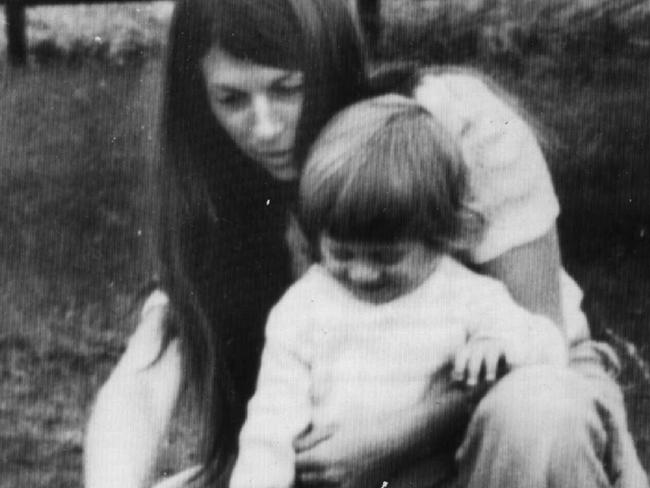
But it didn’t go that way with the Tapps. After eliminating usual suspects close to home, distracted investigators with a bursting backlog of other cases faced the hard slog of eliminating too many “possibles.”
In the end, they didn’t even find them all, let alone eliminate them. Even now, whether all potential suspects have been cleared using DNA is highly doubtful.
One thing is clear: for at least 20 years, men who should have been eliminated from the investigation were not.
Some can now be named because they have died. Many more can’t be.
The first of those is ex-policeman Ian M. Cook. The first time this reporter heard his name was in Perth in 2001, from veteran police reporter Rex Haw, who had moved from Melbourne years before. He raised the Tapp case — and Ian Cook’s name.
A respected Victorian cop had told Haw that Cook had secretly been allowed into the Tapp house by police, a clear breach of crime scene protocol.
Cook was no longer a policeman let alone a detective but was a “friend of the family.”
Cook said he’d left books or letters at the house when visiting and wanted to retrieve them quietly.
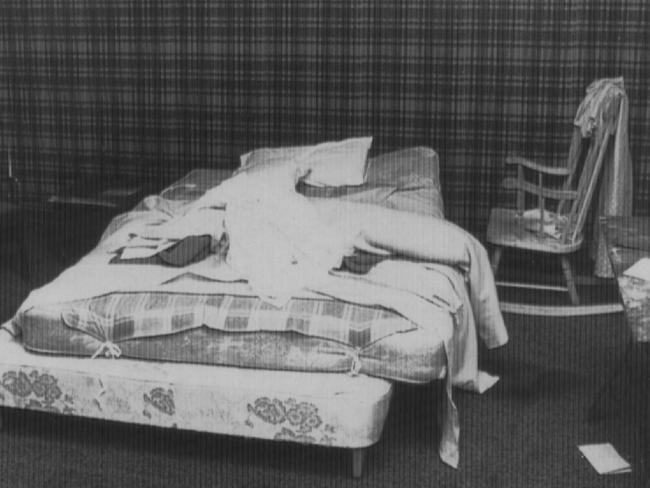
Cook knew Margaret’s father Alan Nelson and had once brought her home after she had run away as a teenager, a link he apparently tried to maintain despite Margaret’s indifference.
Cook also knew a homicide squad veteran, “Jimmy” Fry, which might explain why he talked his way into the crime scene.
When Margaret’s sister Joan first spoke to police after the murders, she told them Margaret mistrusted Cook. Her brother Lindsay Nelson also disliked Cook, who made a spectacle of himself at the double funeral, insisting on getting in the mourning car with the grieving family.
Cook was written out of the story (not being mentioned in the 1986 inquest brief) but was apparently eventually discreetly eliminated by DNA testing in the late 1990s. Or was he?
Two others were reputedly cleared at the same time.
One was a married surgeon, one of several who’d had affairs with Margaret Tapp. The other was the man who had received the loan from the Bradtke family.
The Tapp case received minimal publicity for 20 years. It seemed the sort of suburban horror story to fire public outrage, but it never did.
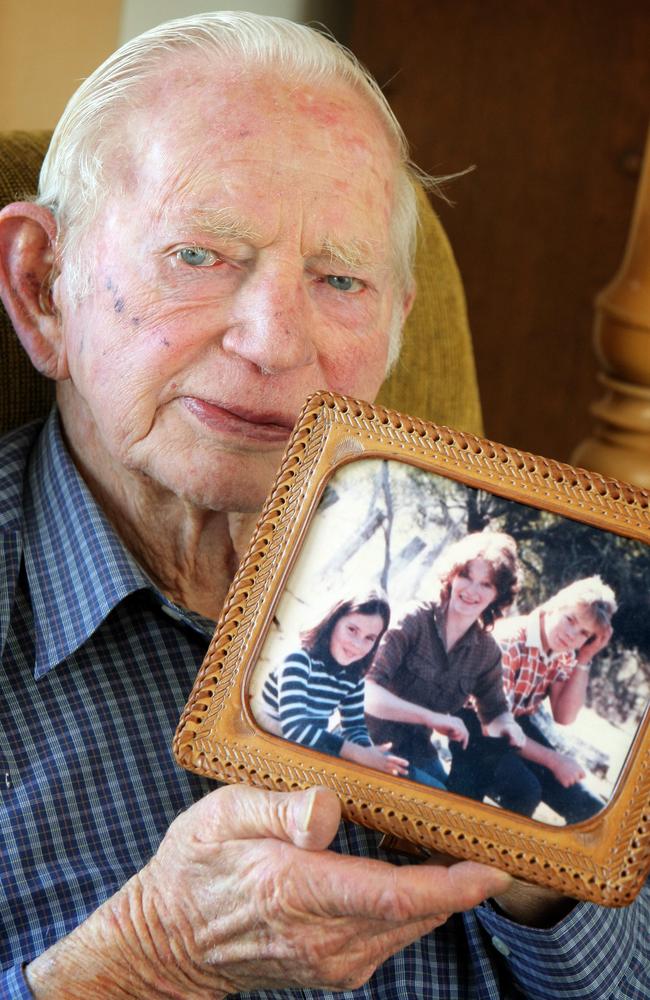
One reason for the dead air was that the police had no new leads to generate publicity.
Margaret’s father, Alan Nelson, was in the Masonic Lodge (as were key homicide detectives at the time) and her mother was a teacher and church goer. Conservative and respectable, they were mortified by the whiff of scandal that hung over their daughter’s life and death.
Their grandson, Justin Tapp, blamed himself for his mother’s and sister’s murders. If he’d been living at home, he thought, it wouldn’t have happened. He moved to England in 2001 and died there, probably by suicide, in 2014. So the unknown killer had wiped out the entire family.
Whether police still have a usable DNA sample is a good question. If so, if he hasn’t been eliminated, Dr X might be the best candidate of a big field.
He still has the strong grip of the keen tennis player he was in 1984, when he played in a local competition.
The only real clue found at the Tapp house were footprints left by man-size Dunlop Volley sandshoes, apparently carrying the red dust of an en-tout-cas court.
Dr X allegedly wore Size 11 Volleys and he played on the en-tout-cas courts at Ferny Creek on Tuesday night, August 7.
Just 14 minutes from Marg Tapp’s.




